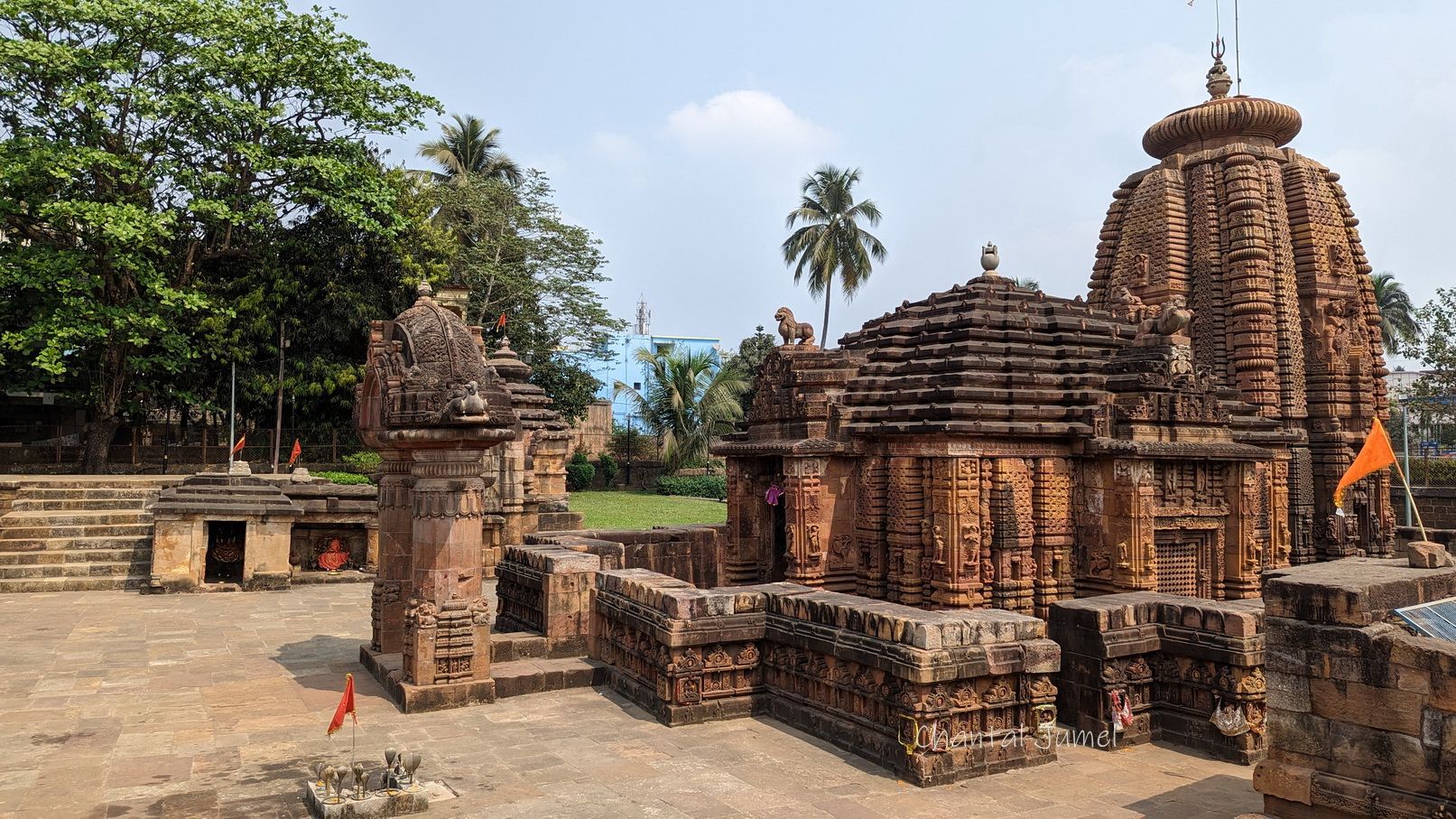Odisha chita/jhoti, "Temples of Bhubaneswar " — part 3
Getting to know the city of Bhubaneswar starts with the exploration of its temples nestled in the four corners of a booming city. In the taxi that took me to the shrines, I noticed the profusion of plants, sculptures and murals with various themes that lined the city streets.

